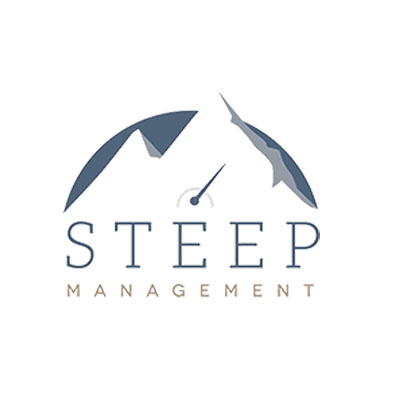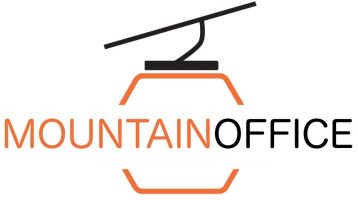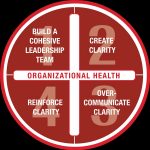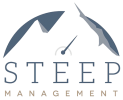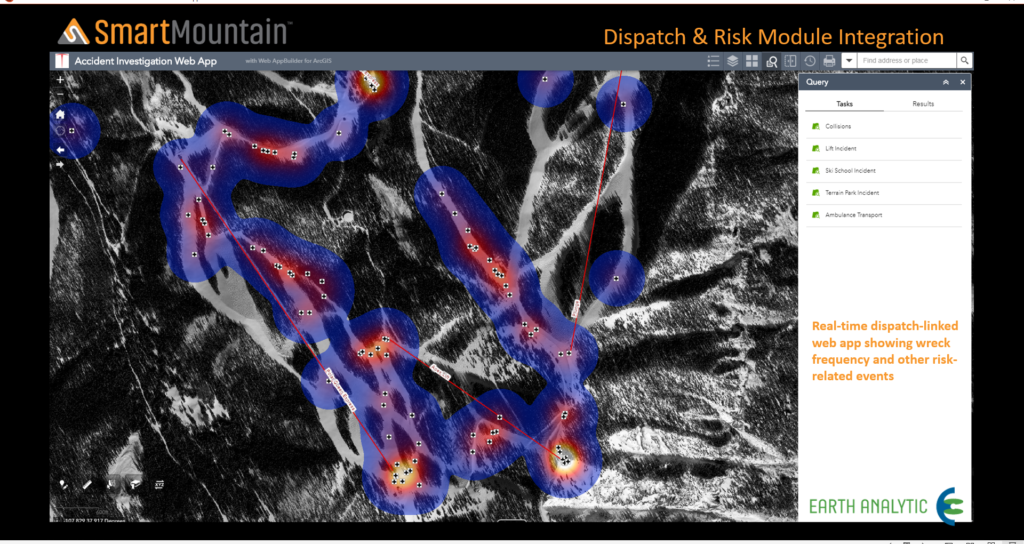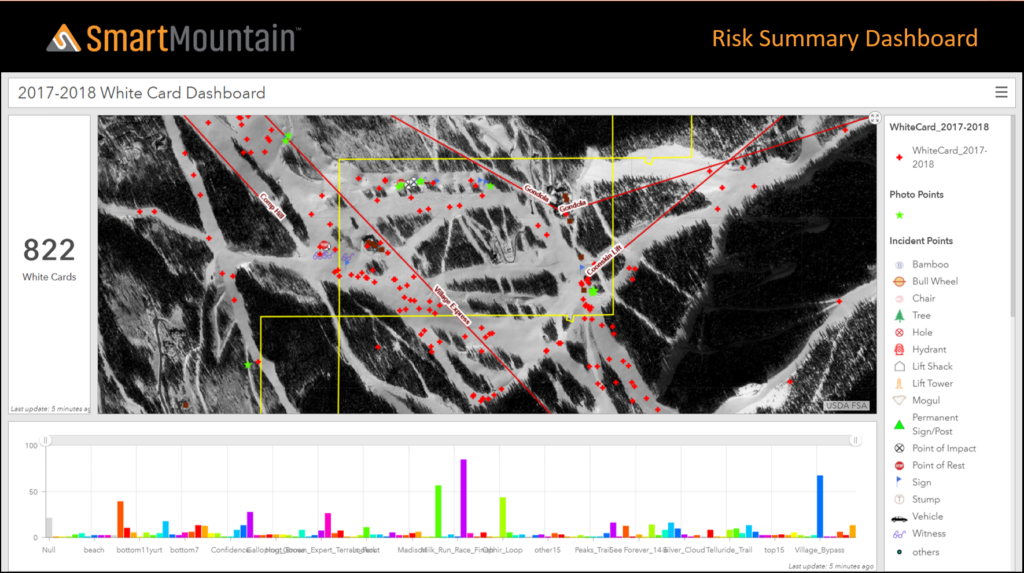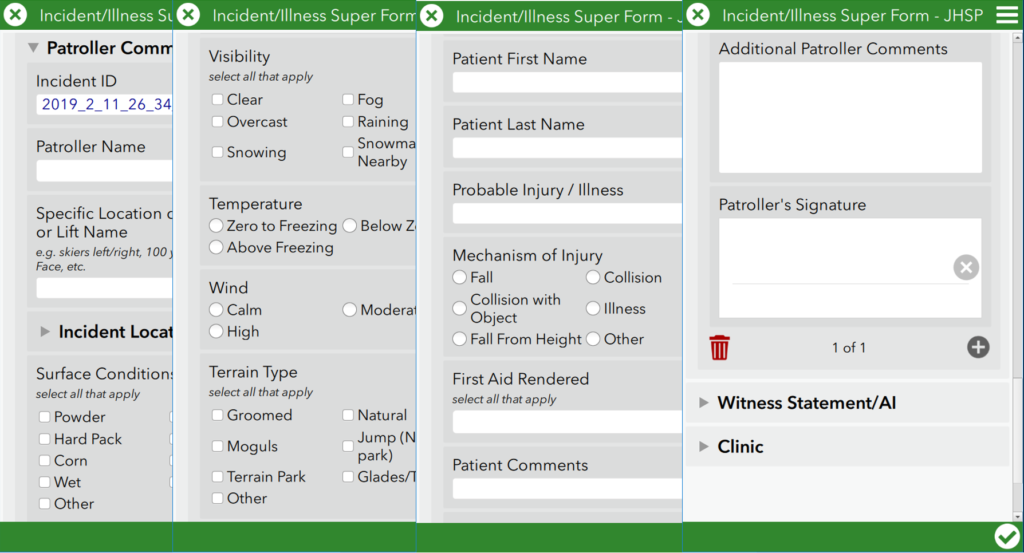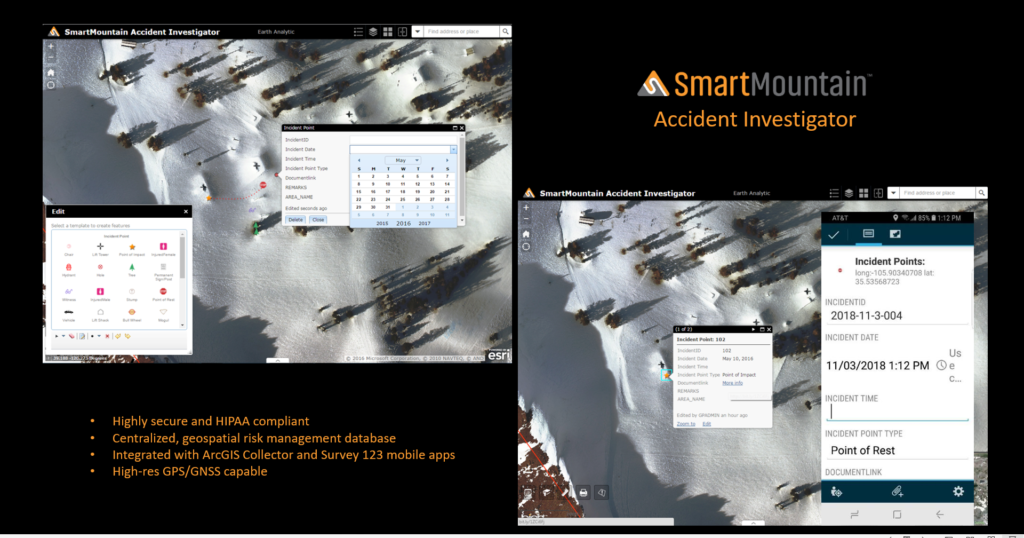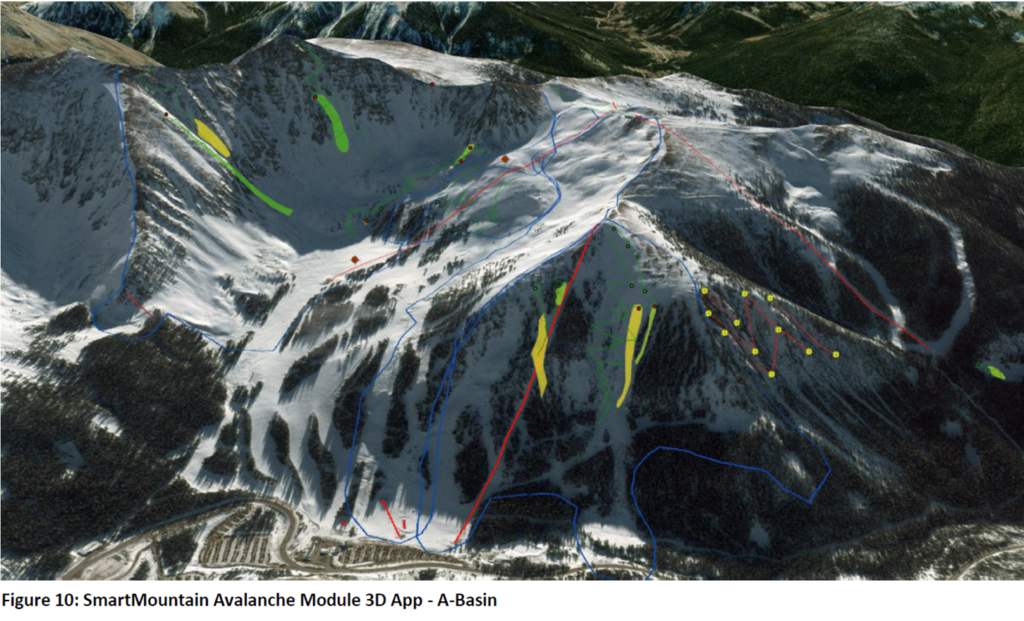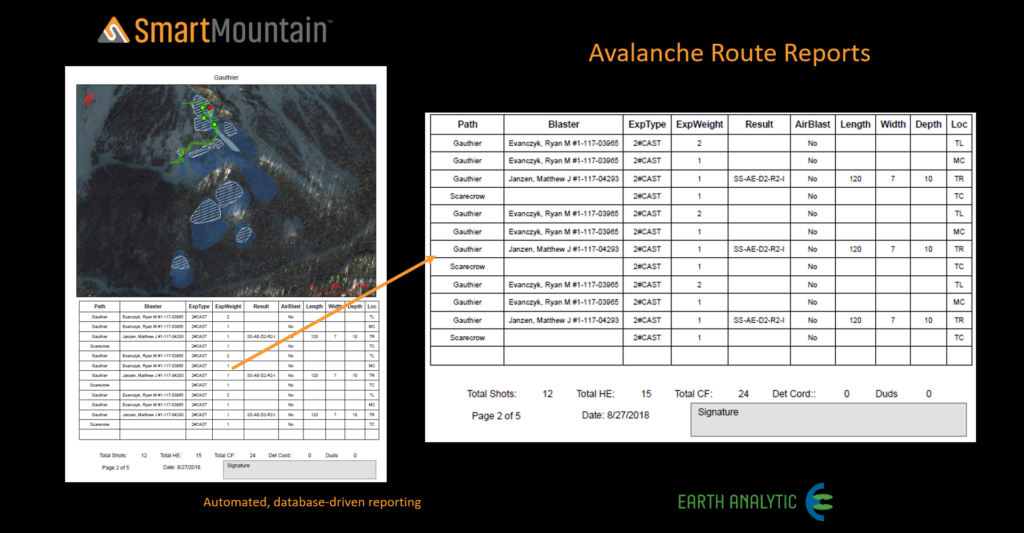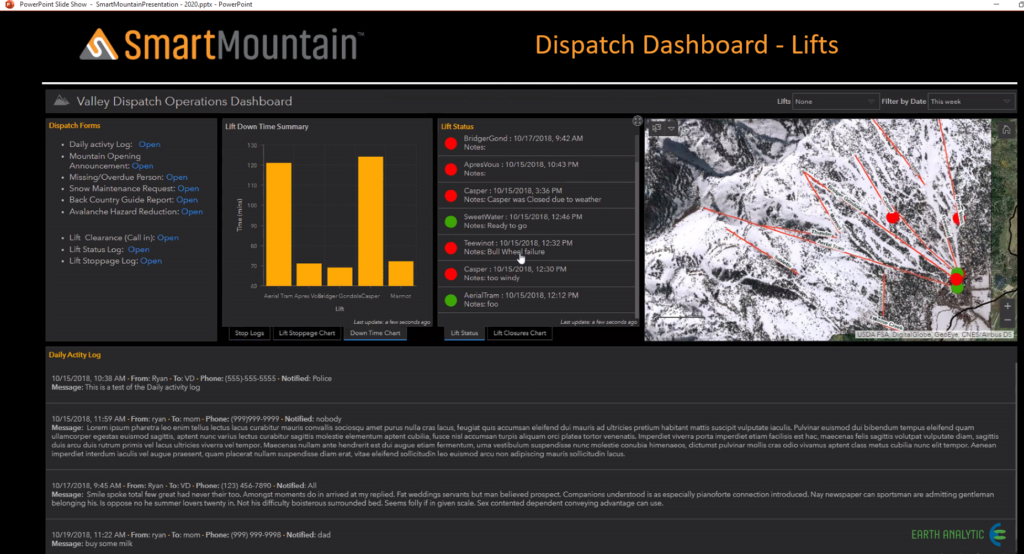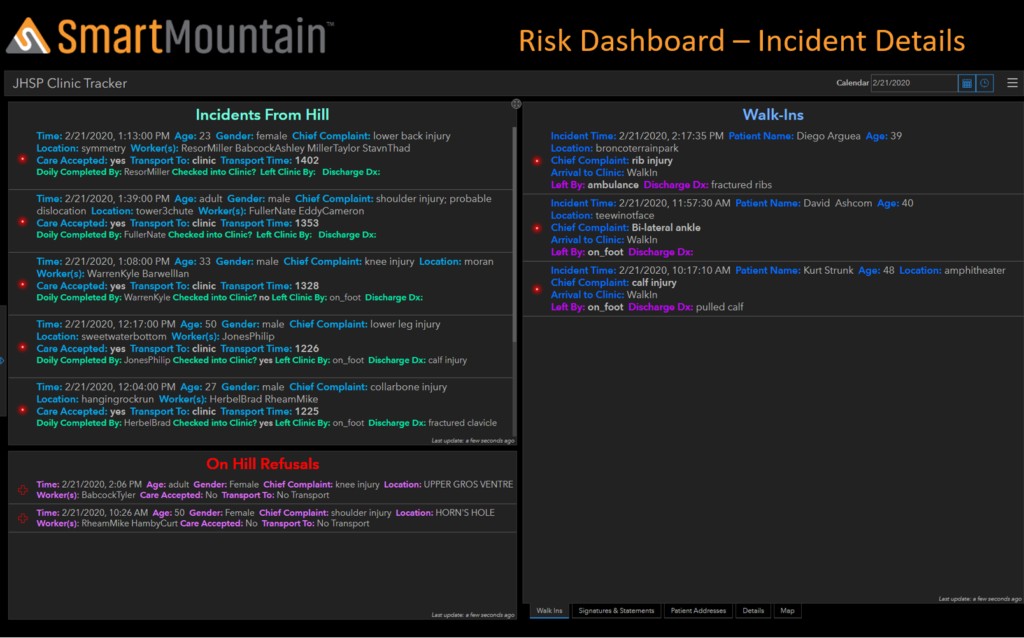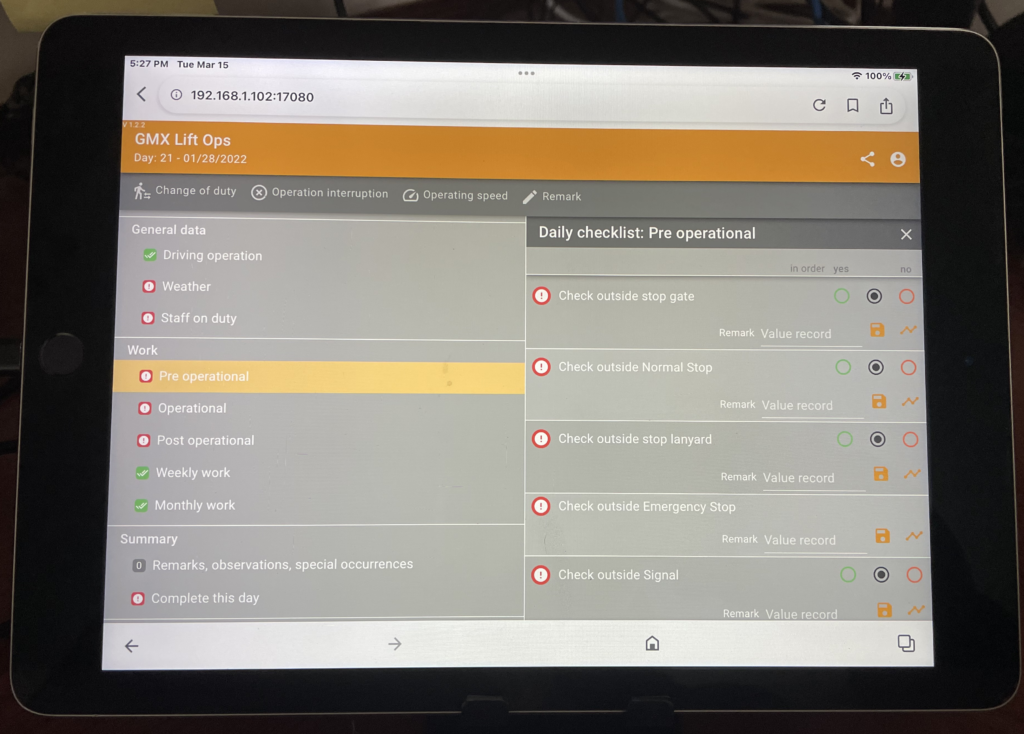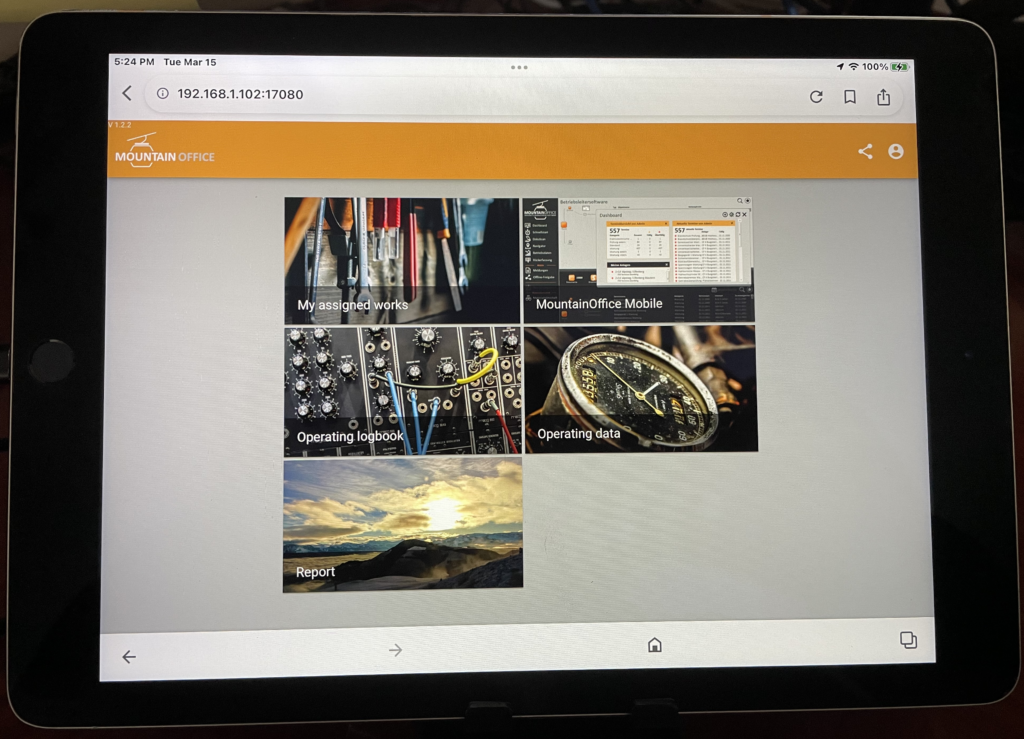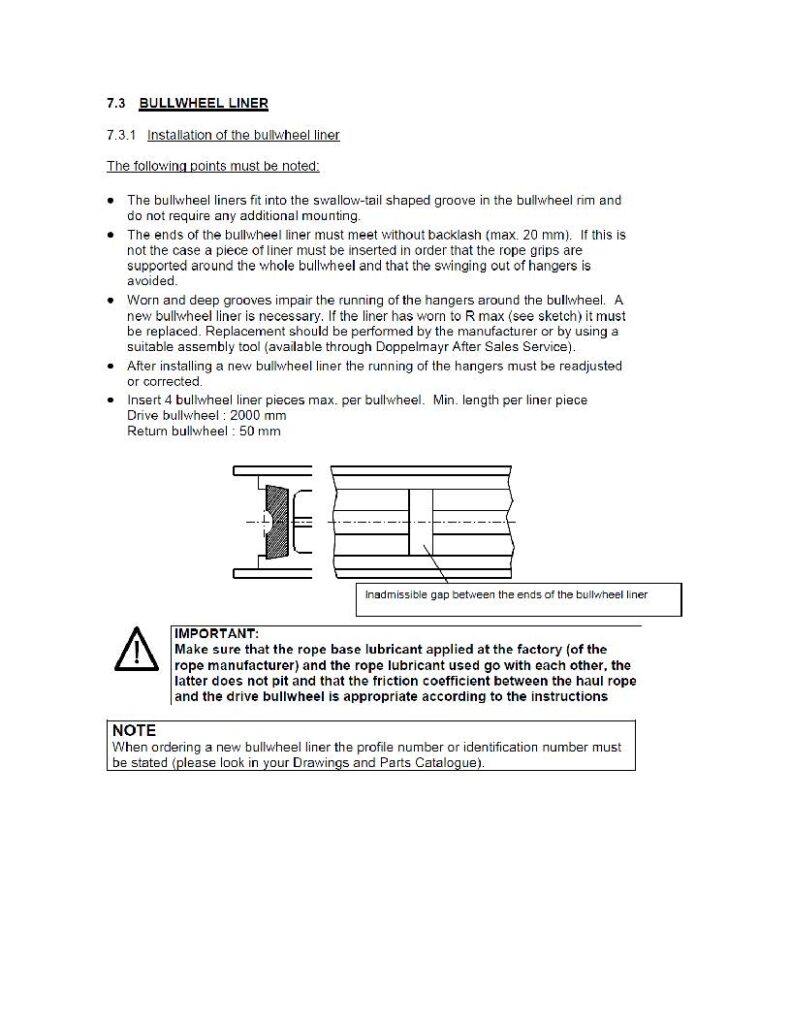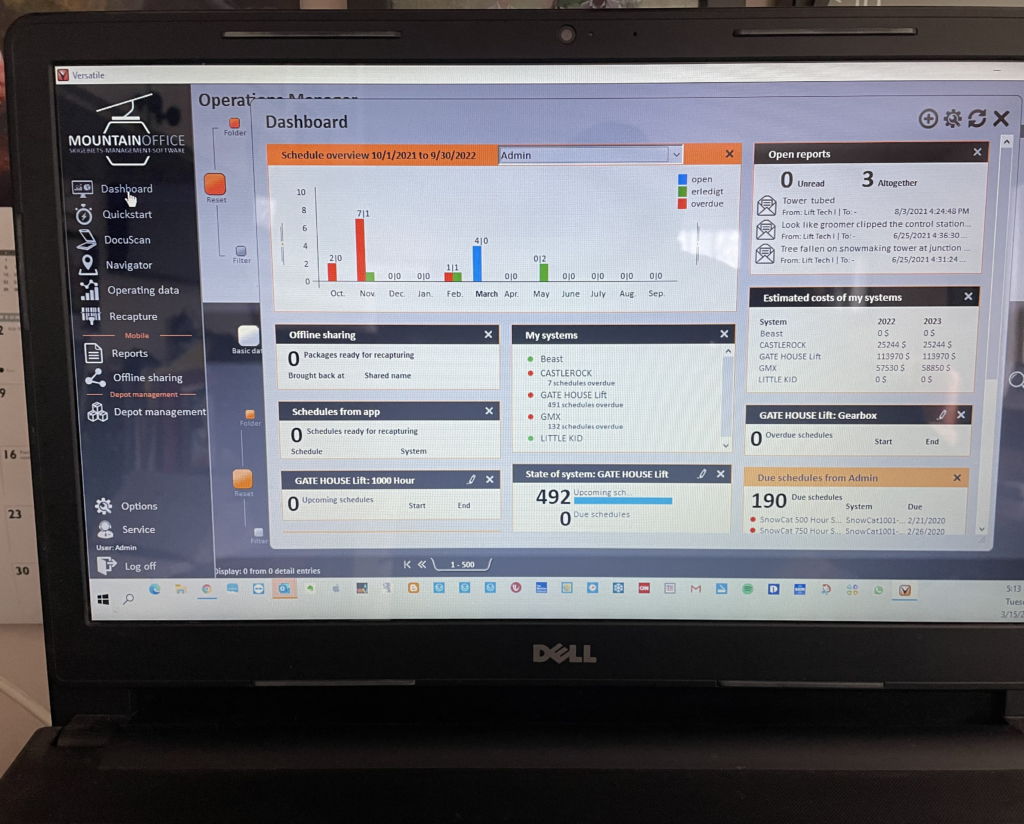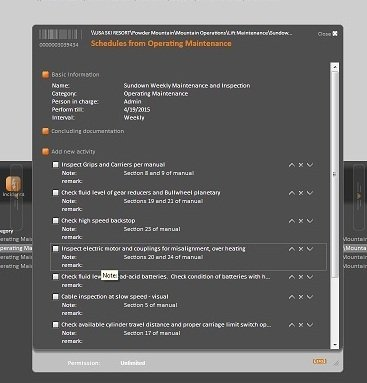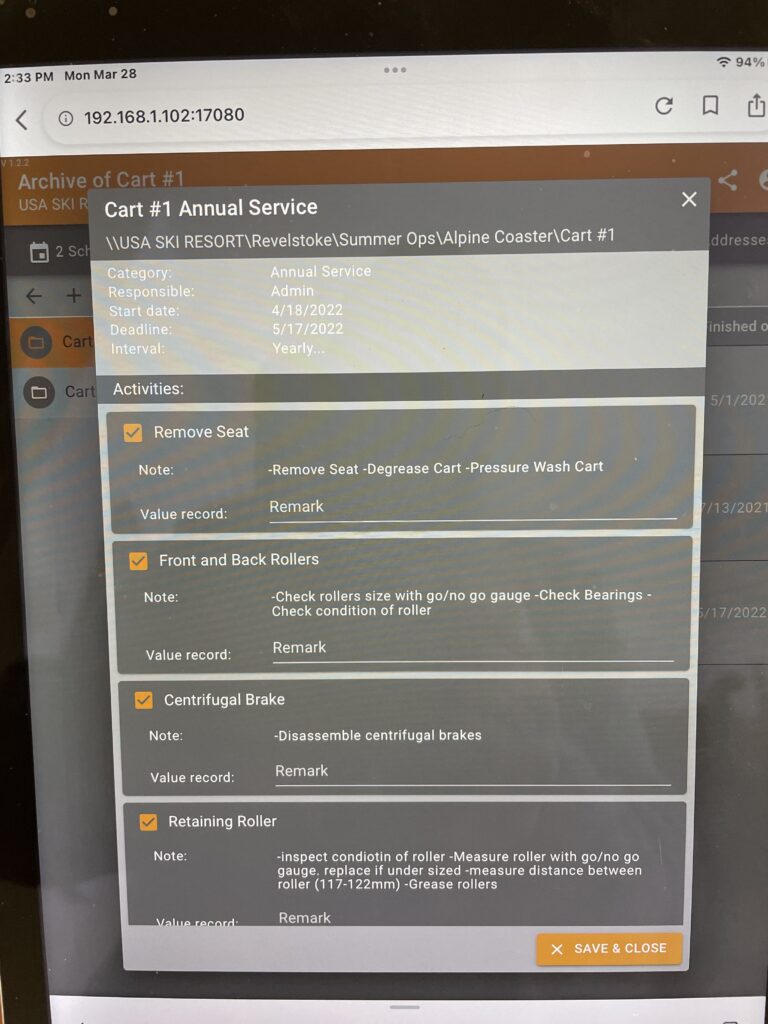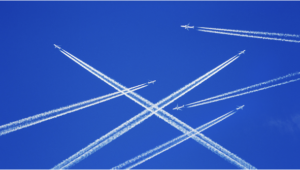 Hopefully, the title doesn’t give the impression that this is a high-brow conversation and not something that is relevant to you. Admittedly the article that generated this is from the Harvard Business Review and is not directly about ski area management. The topic strategy and staff alignment are very much about ski area management.
Hopefully, the title doesn’t give the impression that this is a high-brow conversation and not something that is relevant to you. Admittedly the article that generated this is from the Harvard Business Review and is not directly about ski area management. The topic strategy and staff alignment are very much about ski area management.
As a reader of the Steep Newsletter, which I hope you are, you know I often talk about organizational health, and you have heard me talk about alignment. It is part of the glue that holds everything together positively. Without alignment, any organization has poor communication, high turnover, and low morale. A component of building a cohesive leadership team is the answers to the six foundational questions:
- Why do we exist?
- How do we behave?
- What do we do?
- How will we succeed?
- What is most important, right now?
- Who must do what?
At a ski area, there must be clarity and alignment on whatever is decided by the ski area leadership as the answers to these six questions. My takeaway from the HBR article referenced is that many companies think their strategies ( the answers to the six questions) are known and practiced by most of the employees, but upon researching this point, it was found that 77% of those interviewed did not align with the company’s strategy. How would your ski area score?
“Specifically, as part of our ongoing research, we asked more than 500 frontline employees, middle managers, and senior executives across 12 different organizations to indicate how aligned they thought their companies were with respect to corporate strategy. And we found that the participants were largely optimistic, on average reporting that they felt strategic agreement within their companies was 82%. But when we analyzed detailed written explanations from those same employees around what their company’s strategies were, we found that actual alignment (as measured by the linguistic overlap in the concepts and words they listed) was, on average, just 23% — two to three times lower than perceived alignment.
Unsurprisingly, this disconnect creates real problems. We found that in organizations with larger gaps between actual and perceived strategic alignment, employees were more skeptical about the effectiveness of their company’s strategy and its implementation, and they reported that their company’s attempts to implement its strategy were both slower and lower quality.” (May 2023)
I will agree that every lifty doesn’t need to know every strategy of the ski area, but I’d say most. Who gets asked why a certain lift isn’t running or a trail is closed the most? The person loading the next chair.
There are multiple ways to provide that communication but that is not the purpose of this post. If the lifty doesn’t know, does the lift operations manager know? If she/he doesn’t know you have big issues. There must be strategic alignment down to all front-line managers, whether they be in mountain ops, hospitality, or ski school.
To take this a bit deeper, let’s say that upper management, whether a single resort or a conglomerate of ski resorts, decides that due to congestion issues, downtimes of lifts, and just better customer service, lift performance must improve by X%. Great! How? Let’s assume there would be a team put together to identify exactly what can be done, how, and by whom. Once that has been agreed upon by whoever needs to agree to the decision of the team, that strategy needs to be fully communicated to everyone at the ski area, repeatedly, and it needs to be discussed at every lift ops and lift maintenance meeting and every snow plan meeting.
Universal clarity can dramatically improve the organizational health of your ski area. And like so many things I am passionate about, clarity doesn’t cost you a dime just courage and time.
